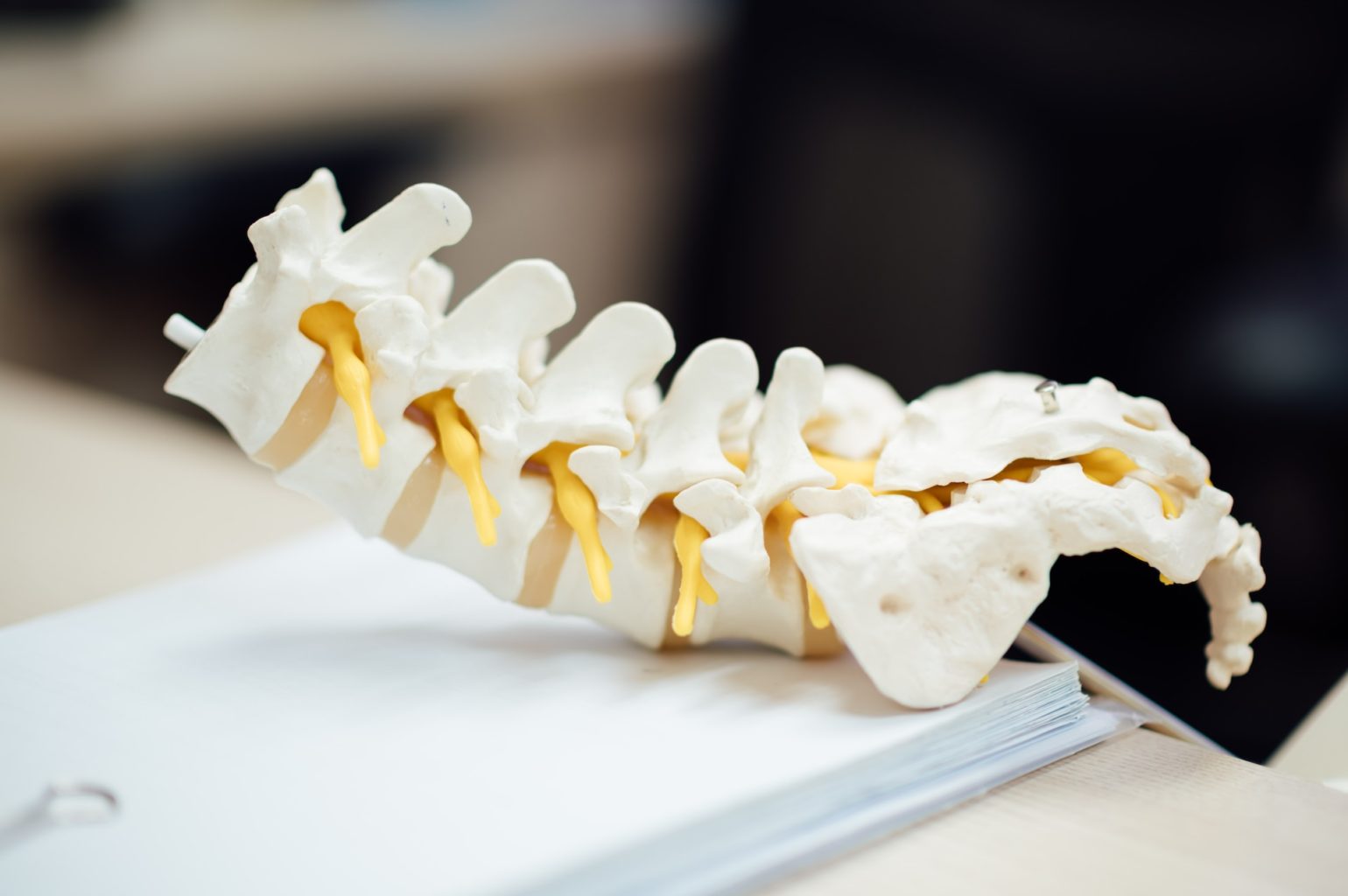New method to relieve symptoms of osteoarthritis

New approach to relieve symptoms of Osteoarthritis – The Role of Fascia Therapy in Joint Health
Osteoarthritis is a common joint disease that affects millions of people worldwide. Osteoarthritis is described as a degenerative disease (a disease in which the function of cells, tissues or organs is reduced or stopped) that affects the cartilage in our joints. This leads to symptoms such as pain, stiffness and reduced mobility in our joints.
Traditionally, relief of symptoms has been limited to pain relief and physiotherapy. Now, however, there is a new approach that has shown promising results – fascial therapy. In this article, we will explore the role of fascia therapy in joint health and how it can help people suffering from osteoarthritis improve their quality of life.
Osteoarthritis – A Brief Overview
What is osteoarthritis?
Osteoarthritis, also known as osteoarthritis, is a joint disease characterized by the gradual breakdown of the articular cartilage. Our articular cartilage acts as a shock absorber, allowing the different parts of the joint to slide smoothly against each other with little resistance. In osteoarthritis, the cartilage becomes thinner and more brittle, making it more difficult to use the joint. Usually the first symptom is stiffness, which is then followed by pain, mainly when the joint is stressed. Osteoarthritis usually affects large weight-bearing joints such as the knee, hip and spine, but it can also affect other joints in the body.
Causes and Symptoms of Osteoarthritis
Osteoarthritis can occur for a variety of reasons. The most common cause is usually ageing and normal wear and tear of the joints over time. Other factors that can lead to osteoarthritis are: overuse of joints, injury, genetic factors or metabolic diseases.
The most common symptoms of osteoarthritis are pain, stiffness, swelling and reduced mobility in the affected joints. Symptoms can range from mild to severe and can affect a person’s ability to perform everyday activities.
Fascia Treatment – A New Method to Relieve Osteoarthritis
What is Fascia Treatment?
Fascia treatment is a new wellness treatment that focuses on dissolving tensions and imbalances in the body’s fascia. Fascia is a multidimensional network in our body that has no beginning or end. This network surrounds and connects muscles, bones, organs and joints.
How Fascia Treatment Can Help With Osteoarthritis
Fascia treatment can help reduce pain and improve mobility in people with osteoarthritis. In osteoarthritis, tension and stiffness in the fascia can contribute to increased pressure inside the joint. The increased pressure impairs circulation in the fascia, which means that the cartilage cannot be nourished to regenerate, but gradually continues to break down. This eventually causes pain and limited mobility in the joint.
By releasing tension and improving circulation in the fascia, cells will be able to absorb and release substances more easily. The treatment also allows the body to become more balanced and to load the joints more evenly. A smoother body helps to improve muscle strength and balance more effectively. Increased strength and balance can further reduce stress and pain on the joints.
Scientific Studies and Evidence
There is a growing body of research supporting the effectiveness of fascia therapy in osteoarthritis. A study published in the Journal of Bodywork and Movement Therapies showed that fascia therapy could reduce pain and improve function in patients with knee osteoarthritis. Another study in Histochemistry and Cell Biology showed that stretching connective tissue cells in the fascia can affect the structure and function of the cells, which may have positive effects in the treatment of osteoarthritis. Several systematic reviews and meta-analyses have also reported positive results of fascia treatment for osteoarthritis.
Fascia treatment at the FasciaClinics
How The FasciaClinics Use Fascia Treatment
The FasciaClinics is a trusted institution that specializes in fascia treatment and offers tailored treatments for people with osteoarthritis. At the FasciaClinics, therapists use a variety of methods to treat the fascia to reduce the symptoms of osteoarthritis. Their approach usually includes manual and mechanical treatment, but sometimes therapists can give advice on stretching and other aids.
Customers Experiences and Results
Many people who have received fascia treatment at Fascia Clinics have reported positive results. Testimonies from former clients tell of the professional and personalized help they have received, but also how fascia treatment has helped them return to physical activity more quickly with improved joint health. They have experienced reduced pain, improved mobility and increased quality of life.
Seeking Fascia Treatment for Osteoarthritis
The Process of Starting Fascia Treatment
To start fascia treatment for osteoarthritis at the FasciaClinics, you need to book a consultation, a so-called Fascia examination. During the consultation, a therapist will evaluate your situation and create an individual treatment plan based on your specific needs and goals.
Seeking Help: What The FasciaClinics Can Offer
If you suffer from osteoarthritis and are interested in exploring fascia therapy as a possible treatment option, we at the FasciaClinics can offer you professional help. With our expertise in fascia therapy and focus on individualized treatment, we can help you improve your joint health and reduce the symptoms of osteoarthritis.
Conclusion and Next Steps
Osteoarthritis can be a challenging disease that affects many people’s quality of life. With fascia treatment, there is hope to improve joint health and relieve the symptoms of osteoarthritis. By relieving tension and improving the function of the fascia network, fascia therapy can be an effective complement to traditional osteoarthritis treatment. If you suffer from osteoarthritis, consider contacting the FasciaClinics to discuss the possibility of including fascia treatment in your rehabilitation and take the next step towards better joint health.
References:
Smith TO, Drew B, Toms AP. A systematic review of the clinical outcomes of fascial manipulation®. J Bodyw Mov Ther. 2015; 19(4):759-766. doi:10.1016/j. jbmt.2015.06.006
Wilke J, Müller AL, Greiner JF, et al. Stretching effects of human fascia: An in vitro roentgen stereophotogrammetric analysis. Histochem Cell Biol. 2017; 148(6):631-640. doi:10.1007/s00418-017-1618-1
Fernández-de-Las-Peñas C, Ortega-Santiago R, Pérez-de-Heredia M, et al. Manual physical therapy versus surgery for carpal tunnel syndrome: A randomized parallel-group trial. J Pain. 2015; 16(11):1087-1094. doi:10.1016/j.jpain.2015.07.012
 Search
Search


































